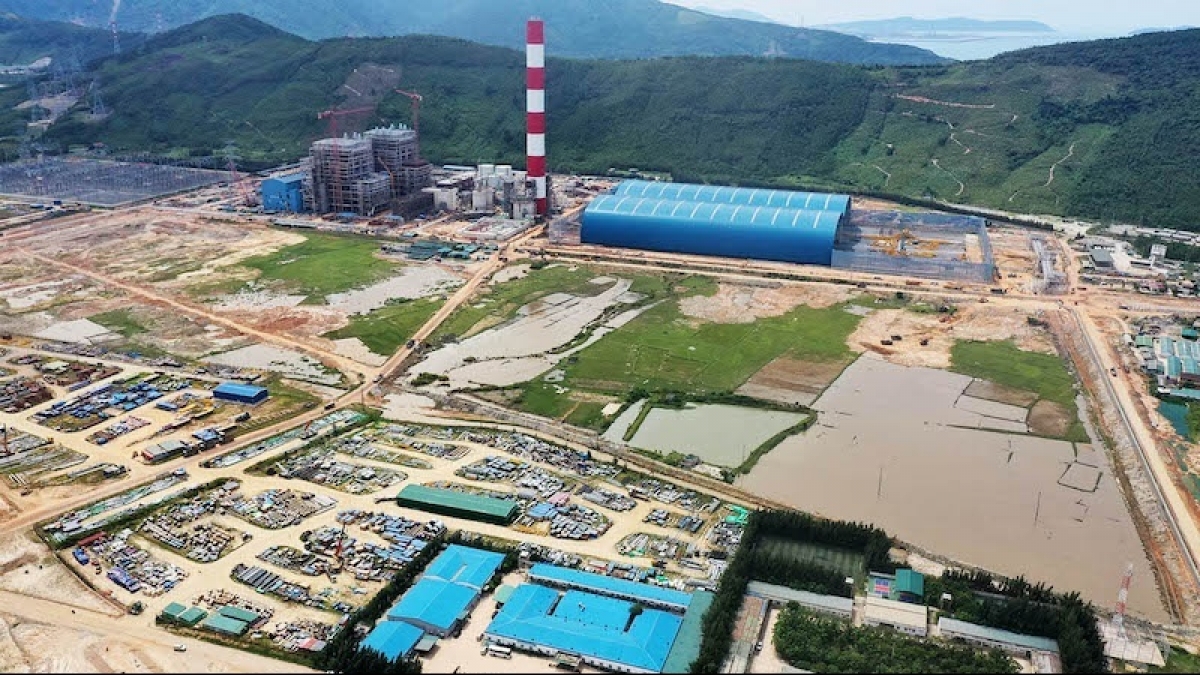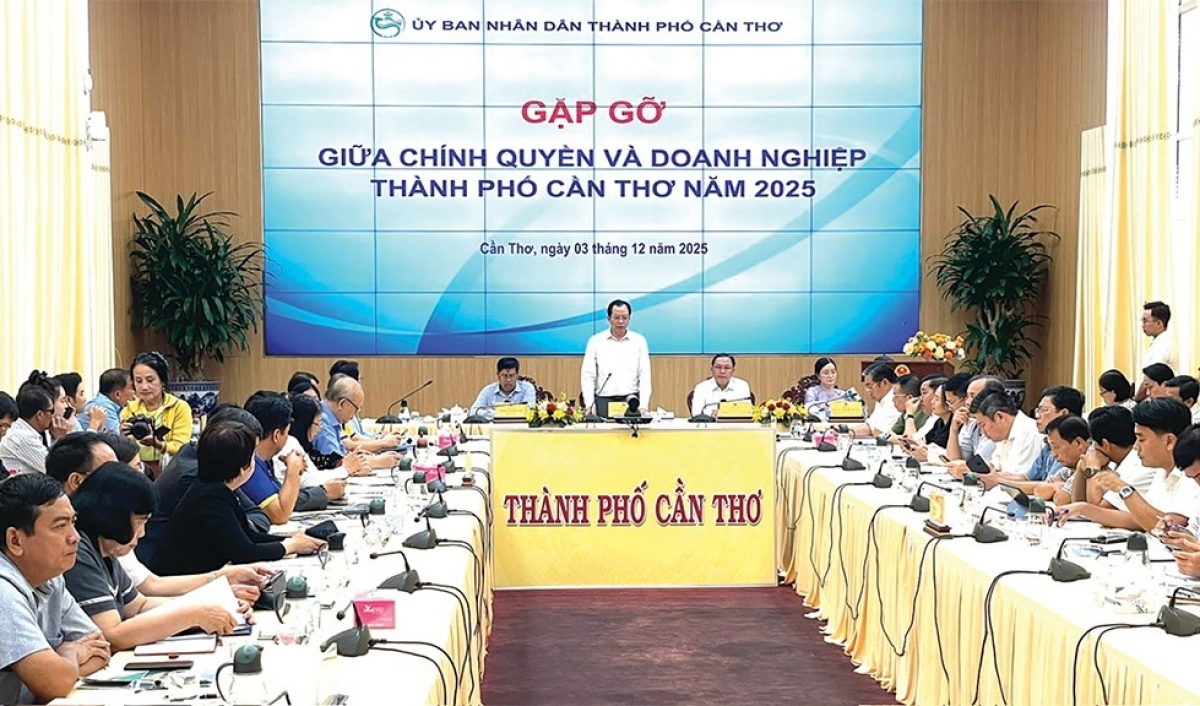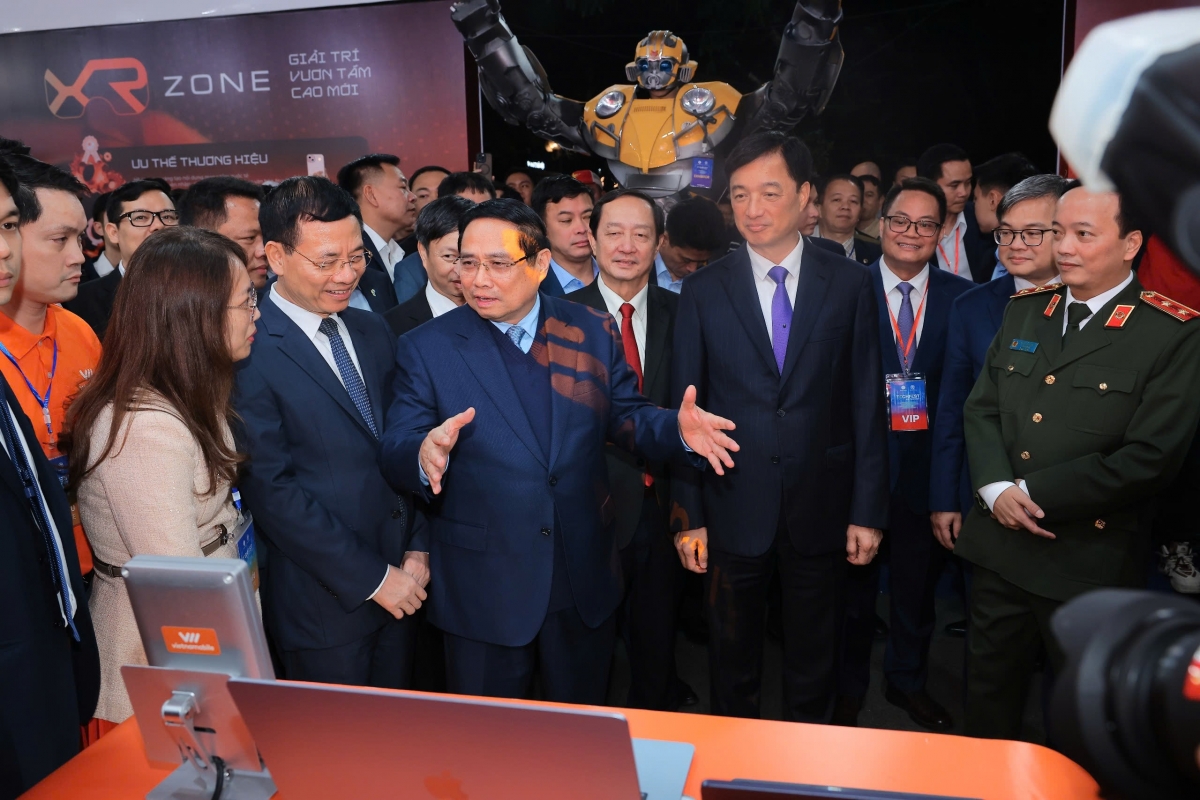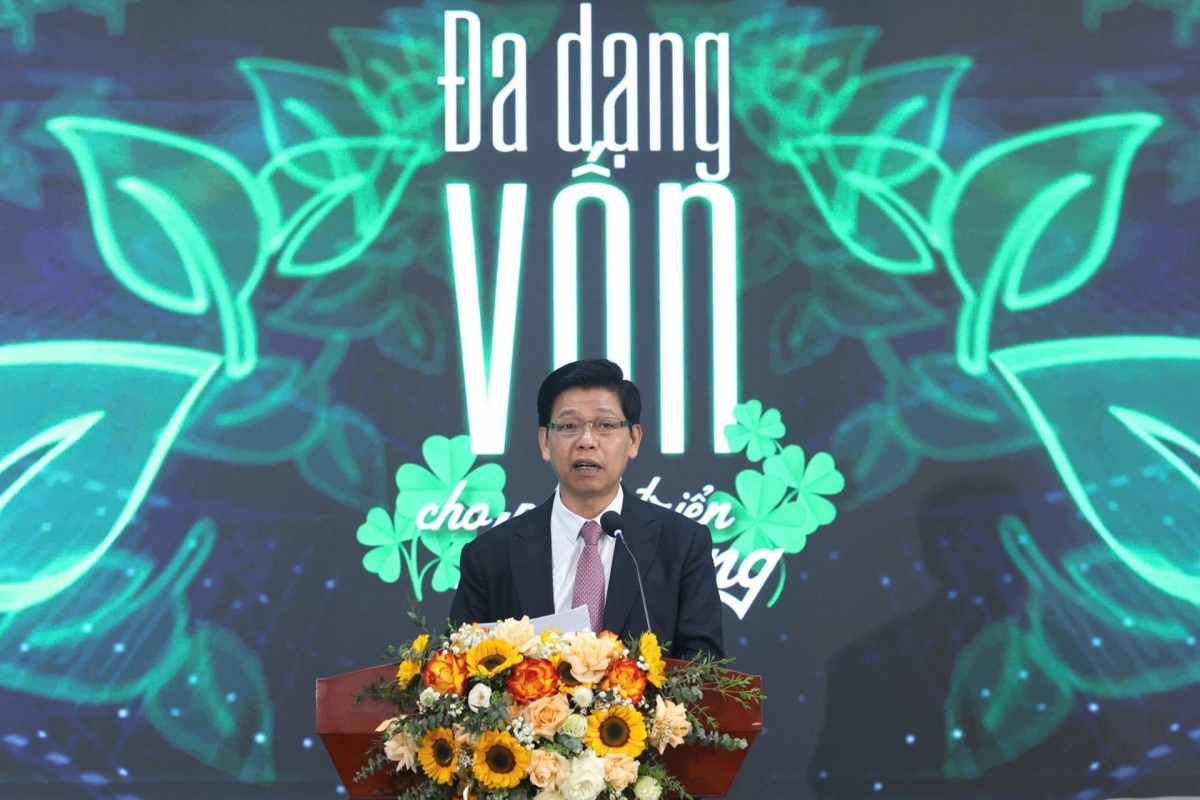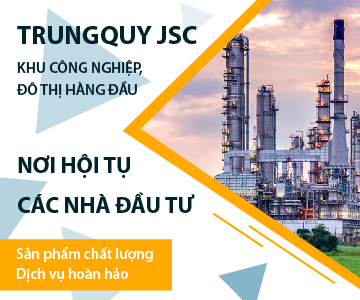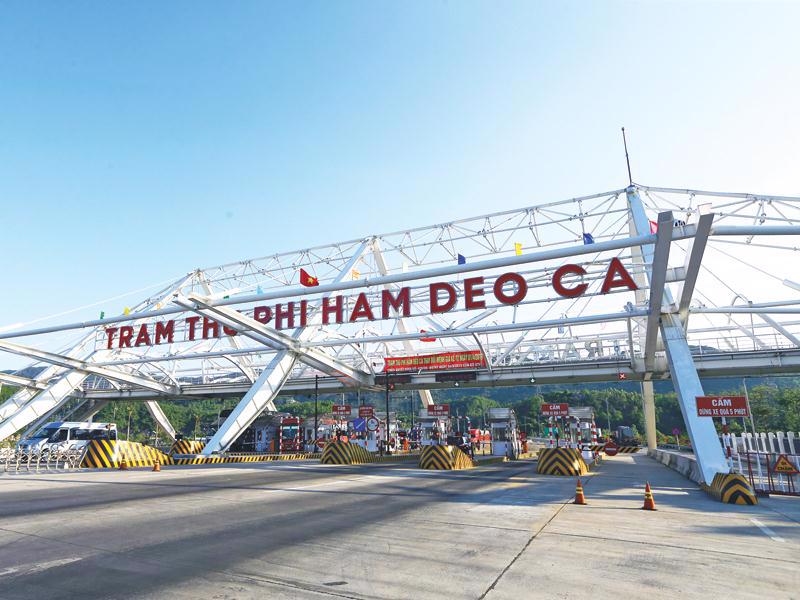INTERNATIONAL INVESTMENT
AND PORTAL
 Chi Ly, director, YCP Vietnam
Chi Ly, director, YCP Vietnam
Vietnam’s e-commerce sector is one of the fastest growing in the world, with annual growth rates averaging between 16 to 30 per cent over the past four years.
This explosive growth is set to drive Vietnam’s e-commerce market to an estimated $15.4 billion by the end of 2025, according to the latest online retail sales report released by e-commerce data platform Metric, placing immense demand on the logistics sector, particularly in express and last-mile delivery services.
As online order volumes increase, logistics companies are adapting by expanding their networks and adopting new logistics technologies. Ride-hailing and delivery platforms such Grab, Be, and Xanh SM are using AI and machine learning to improve operational efficiency, creating personalised services, and predicting demand. Logistics firms are increasingly leveraging tech-driven fleet management and micro-fulfillment centres to tackle urban congestion and improve delivery efficiency.
Vietnam’s logistics industry is undergoing a large-scale digital transformation. According to a survey by the Vietnam Digital Trade Project, 68 per cent of logistics firms are investing in technologies such as warehouse management systems, smart transportation platforms, and AI.
Two-thirds of surveyed companies have implemented comprehensive digital strategies, and half have established direct digital connections with customers and suppliers through smart port software. Annual investments in digital transformation range between $40,000–200,000, driving gains in cost reduction, cargo accuracy, and customer service.
Notably, J&T Express launched a massive transit centre in Quang Minh Industrial Park in Hanoi in January. Equipped with dynamic weighing and sorting systems, it processes up to 2.4 million parcels daily with 99 per cent accuracy.
Meanwhile, Viettel Post unveiled Viettel Logistics Park in Lang Son province, which handles up to 1,500 vehicles daily. Using digital twin and Internet of Things technology, the park offers real-time logistics monitoring and predictive analytics for cargo flow management.
While green initiatives are gaining momentum, challenges remain, particularly the lack of electric vehicle (EV) infrastructure, high upfront costs, and their performance limitations.
Nevertheless, several pioneers have demonstrated success. Lazada Logistics introduced 100 electric scooters in 2023 through a partnership with Selex Motors. Each scooter helps reduce emissions by 0.45 tons of CO2 annually, while also optimising delivery efficiency.
Abivin vRoute, an AI-powered logistics optimisation platform, integrates inventory management, TMS, and route optimisation into a single solution. Abivin reported that their customers, which include big names such as Saigon Food and DSV, achieve annual savings of $6,000 per motorbike and up to $15,000 per truck, thanks to improved fleet efficiency and reduced environmental impact.
The rapid expansion of Vietnam’s logistics sector has raised growing concerns about environmental sustainability. Major deep-sea ports are significant sources of carbon emissions, compounded by high dependency on road freight and fossil fuel-based infrastructure. Vietnam’s commitment to achieving net-zero emissions by 2050 also places increasing pressure on the logistics sector to align with evolving environmental regulations.
Key legal frameworks set out stringent requirements related to emissions control, waste management, and environmental impact assessments. For logistics companies, this means adopting greener practices across the supply chain, including reducing fuel consumption, improving vehicle efficiency, and investing in low-emission technologies.
Companies are also required to implement environmental monitoring and reporting systems to ensure compliance. These regulations not only raise operational costs in the short term due to the need for upgrades and process adjustments but also present long-term opportunities for innovation, competitive differentiation, and alignment with global sustainability standards.
Despite clear regulatory direction, several obstacles continue to hinder the logistics sector’s transition towards sustainability.
The high upfront and maintenance costs of clean technologies remain a major barrier, particularly as EVs often deliver lower performance compared to traditional gasoline-powered engines.
Additionally, the limited availability of EV charging infrastructure restricts the practical deployment of green fleets, especially for long-haul and rural logistics. Compounding these challenges is the lack of strong financial or policy incentives to encourage sustainable logistics practices, making it difficult for companies, especially small- and medium-sized enterprises, to justify the investment in greener alternatives.
These challenges require coordinated public private action, targeted investment in green infrastructure, and stronger policy enforcement to ensure Vietnam’s logistics sector evolves sustainably.
Nevertheless, the country’s future role in global supply chains remains vulnerable to shifting geopolitical dynamics and tariff policies, which could challenge its manufacturing and logistics competitiveness.
 2025 - A breakthrough year for Vietnam’s logistics industry
2025 - A breakthrough year for Vietnam’s logistics industry
Big things are expected in 2025 for the logistics industry. Dao Trong Khoa, president of the Vietnam Logistics Business Association, spoke with VIR’s Tung Anh about the future prospects.
 Vietnam’s logistics landscape has scope for growth
Vietnam’s logistics landscape has scope for growth
Vietnam’s logistics infrastructure remains a major barrier to seamless trade. Despite ongoing investments, limited road networks, outdated ports, and underutilised rail and inland waterways continue to hinder the efficient movement of goods. This results in congestion, delays, and elevated logistics costs, reducing Vietnam’s competitiveness in the global supply chain.
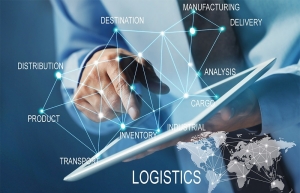 Ready-built logistics gain momentum
Ready-built logistics gain momentum
Foreign investors are showing growing interest in Vietnam’s logistics sector by developing new facilities to tap into rising demand.


